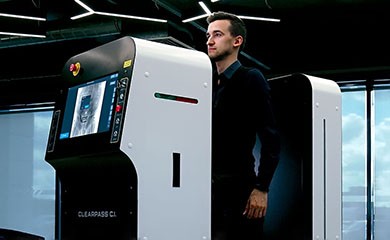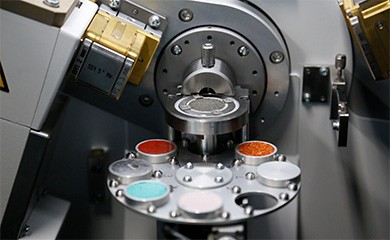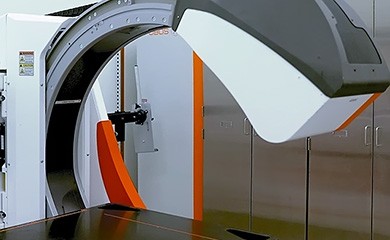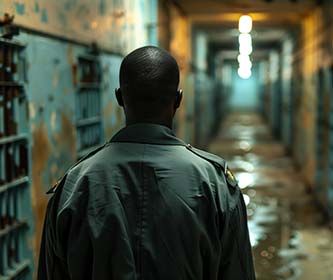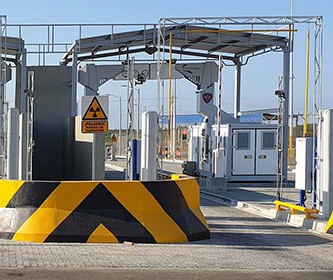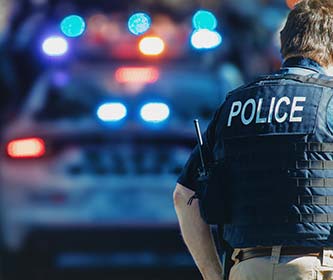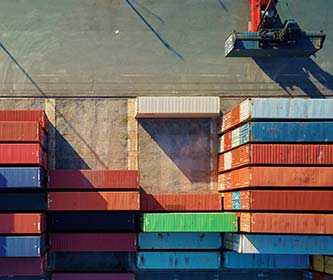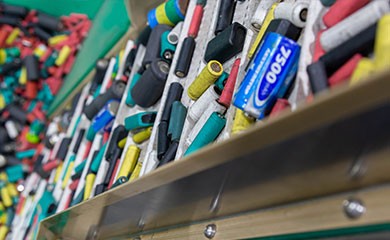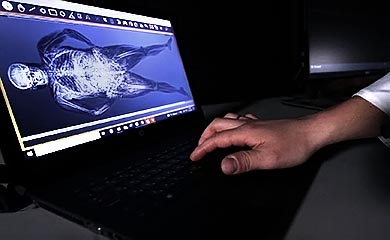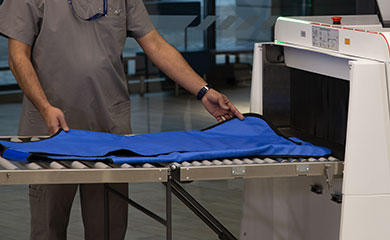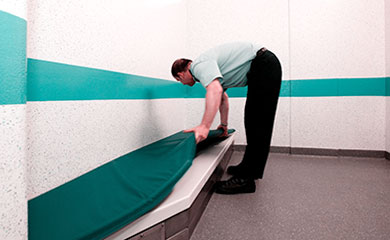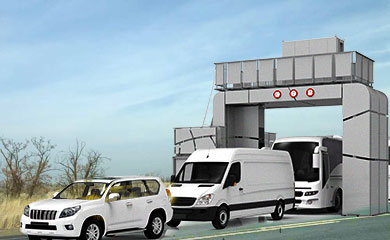
These systems may be used at inspection points of critical infrastructure facilities, law enforcement and security agencies as well as at customs, event centers, hotels, educational institutions, sports arenas and other places where reliable and uninterrupted inspection is critical for safety.
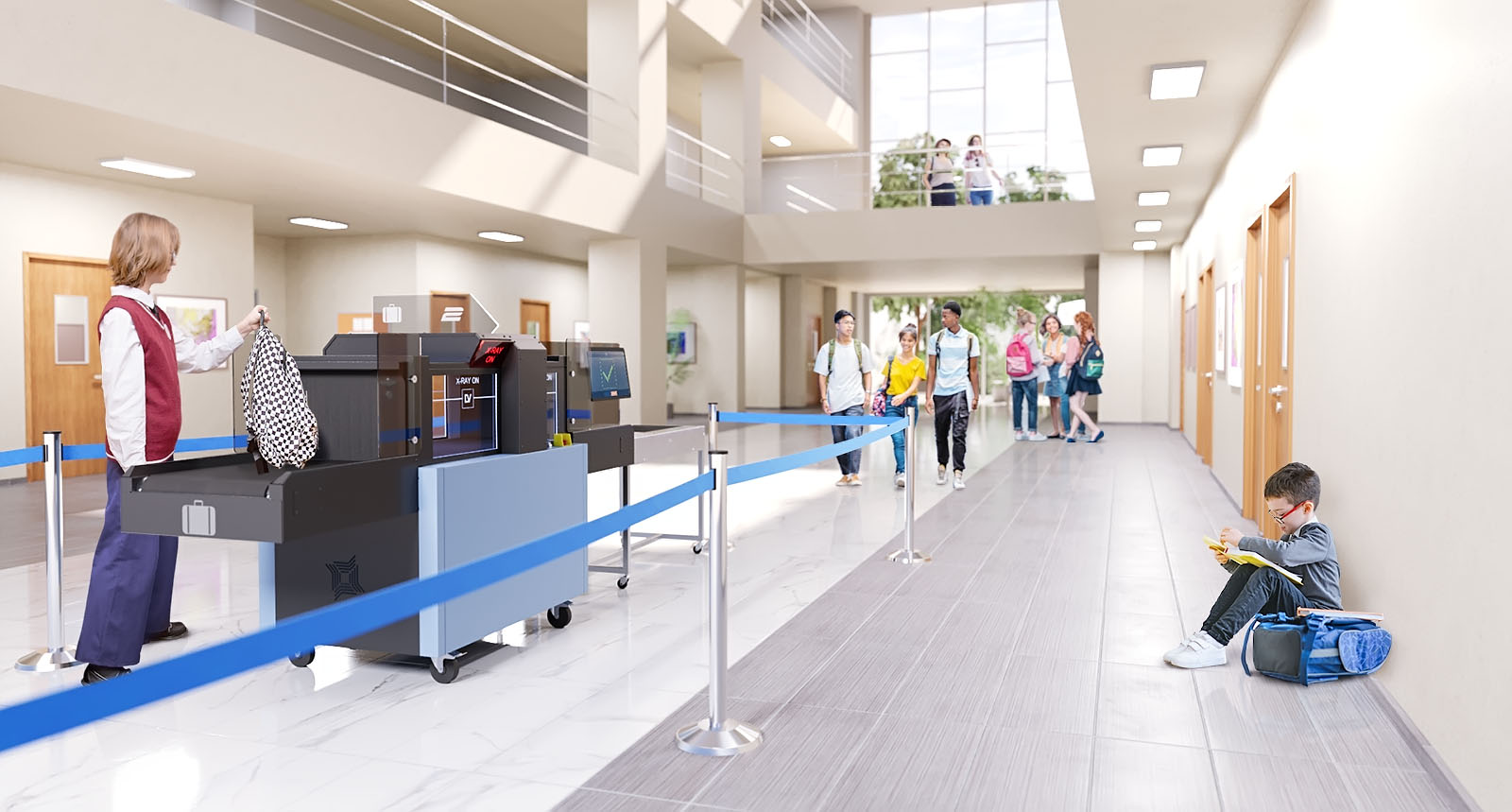
High traffic screening solutions for all types of environments
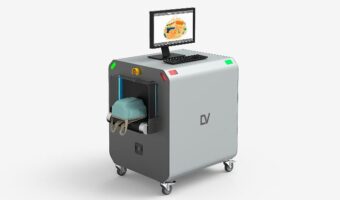
Small parcels and baggage inspection · AI-powered threat detection · Remote monitoring
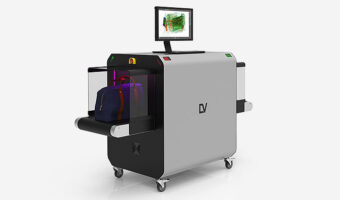
Small baggage inspection · AI-powered threat detection · Remote monitoring
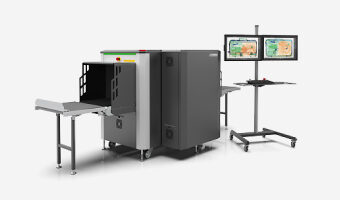
Small and medium sized baggage inspection · Improved detection by Dual View · AI-powered threat detection · Remote monitoring
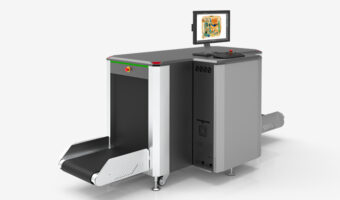
Medium sized check-in baggage inspection · AI-powered threat detection · Remote monitoring
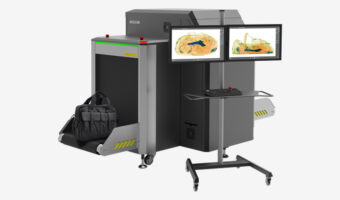
Mid-sized baggage inspection · Improved detection by Dual View · AI-powered threat detection · Remote monitoring
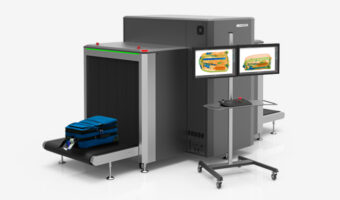
Large baggage and small cargo inspection · Improved detection by Dual View · AI-powered threat detection · Remote monitoring
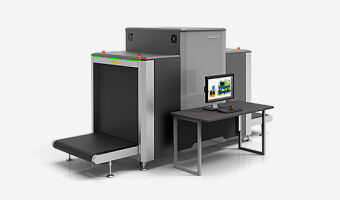
Universal large baggage and small cargo inspection · AI-powered threat detection · Remote monitoring
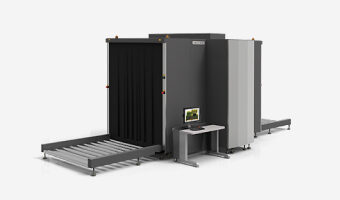
Heavy baggage, large packages and mid-sized cargo inspection · AI-powered threat detection · Remote monitoring
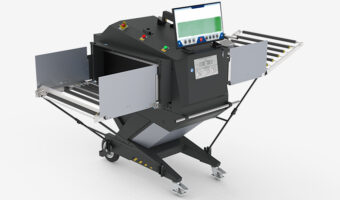
Prison mattress (up to 36"x80"x6"), personal items and belongings inspection · Ease of relocation · AI-powered threat detection · Remote monitoring
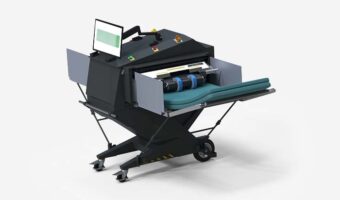
New design · Prison mattress and personal items and belongings inspection · Ease of relocation · AI-powered threat detection · Remote monitoring
High-Traffic Complex Solutions
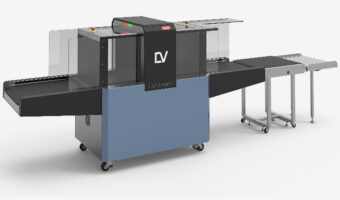
AI-Powered Next-Generation X-Ray Security Gateway — seamless, fast, and fully automated screening for modern crowd-heavy environments and schools
Modern threats in hold baggage, parcels and small cargo pushed LINEV Systems to develop systems that are specifically designed to meet the main inspection requirements of customs, logistic centres, postal services or every facility critical to security like schools or embassies.
Baggage inspection series possess such technologies as Dual-Energy, allowing dangerous objects to be detected by atomic number, Dual View, providing the best detection abilities and AI automatic threat detection software, allowing operators to maximise their effectiveness and lower company maintenance costs.
Using comprehensive operating software an operator can easily get advanced quality images and pass to the image adjustment tools. A built-in archiving and TIP function assures effective use of the inspection system. The full integration of LINEV Systems baggage inspection product line with other LINEV Systems products creates the most comprehensive inspection checkpoint of individuals and their belongings.

A parcel and baggage X-ray scanner is a security screening device to inspect the contents of packages, parcels, and luggage. It uses X-ray technology to create images of the items, allowing security personnel to identify potential threats or prohibited items.
The benefits of X-ray parcel and baggage scanners include the following:

X-ray bag and parcel scanners detect concealed threats, such as weapons, explosives, or illegal items, helping to maintain a safe environment and prevent potential harm.

X-ray baggage and parcel scanners provide a non-invasive method of inspecting items without physical contact or extensive manual searches, minimising inconvenience for individuals and reducing the risk of damage to the scanned items.

X-ray baggage and parcel inspection systems are designed to quickly inspect parcels and baggage, reducing manual inspection time and allowing for a more efficient flow of people and goods in high-traffic areas like customs, borders, ports, courts, airports, mail sorting facilities, stadiums/arenas and many more.

Modern baggage and parcel scanner X-ray solutions offer advanced imaging capabilities, allowing for the precise identification of suspicious objects and substances, including organic and inorganic materials.

X-ray bag and parcel solutions can be integrated with other security measures and technologies, such as access control systems or video surveillance, to create a comprehensive security solution.

X-ray parcel and baggage inspection systems provide user-friendly interfaces backed by comprehensive training and support, enabling security personnel to operate the equipment and interpret X-ray images effectively.
When choosing a parcel and baggage X-ray screening system, consider the following factors:
Assess the specific security needs of your facility or organization. Determine the level of threat detection required and consider any industry-specific regulations or standards that must be met.
Evaluate the expected volume of parcels or baggage to be screened. Choose a screening system to handle the anticipated throughput without causing delays or congestion.
Consider systems with advanced imaging technologies that provide clear, high-resolution images for accurate threat identification. Features like dual-energy imaging, and organic/inorganic material distinction enhance detection capabilities.
Consider the screening system’s physical dimensions and weight capacity. Ensure it accommodates the size and weight of the typical parcels or baggage. Consider the system’s scalability to accommodate future growth or changing needs.
Look for user-friendly interfaces and intuitive controls that enable operators to interpret X-ray images efficiently. Training requirements should be reasonable, and the system should have good support documentation.
Assess the compatibility of the screening system with other security systems and technologies, such as access control, video surveillance, or alarm systems. Integration can improve overall security effectiveness and streamline operations.
Consider technical support, maintenance services, and spare parts availability. The screening system should have a reliable support network to address any technical issues promptly.
Research the reputation and customer reviews of the screening system and the manufacturer. Look for reliable, reputable brands known for quality, reliability, and customer satisfaction.
The fastest way to hear back from us is to fill the contact form below. Our appropriate department will get back to you depending on your inquiry as soon as possible.
Get X-ray parcel scanner
On an X-ray parcel and baggage scanner, numerous items and materials can be seen, including:
- Metallic objects: X-ray baggage and parcel scanners easily detect metal objects, such as weapons, knives, firearms, or metallic components of explosive devices.
- Organic materials: X-ray baggage and parcel scanner machines can distinguish organic materials from other substances. This helps identify items like food, drugs, or concealed organic substances that may be prohibited or pose a security risk.
- Inorganic materials: Non-organic materials, such as plastics, ceramics, or synthetic materials, are visible on X-ray images. These materials can help identify various items and their components.
- Liquids: X-ray baggage and parcel inspection systems can detect the presence of liquids, which may be necessary for security purposes, such as identifying containers with hazardous liquids or prohibited substances.
- Dense objects: Dense objects, such as dense metals or heavily packed materials, appear as darker or opaque regions on X-ray images.
- Contraband items: X-ray baggage and parcel scanners can reveal the presence of contraband items, including drugs, explosives, weapons, or smuggled goods.
- Concealed or hidden objects: Objects that are intentionally hidden within parcels or baggage, such as weapons or illicit substances, can be detected by X-ray scanners.
It’s important to note that interpreting X-ray images requires trained personnel who can identify and analyze potential threats or suspicious items accurately.
The price of parcel and baggage X-ray inspection systems depends on several factors, including system capabilities, size and capacity, technology, regulatory compliance, cost of maintenance and support. If the X-ray machine requires customization or integration with existing security systems or infrastructure, additional costs may be incurred for engineering, installation, and integration services.
Parcel and baggage X-ray scanners are used at various points within different industries and environments. Some common points of use include:
- Schools: X-ray bag and parcel scanners can be stationed at the main entrances of schools to screen the bags and belongings of visitors, parents, and staff members entering the premises, enhancing security and preventing unauthorized items from entering the school.
- Government buildings: X-ray baggage and parcel scanner machines are deployed at government facilities, embassies, and courthouses to screen incoming mail, packages, and visitor belongings for potential threats.
- Public venues and events: X-ray bag and parcel scanners are utilized at stadiums, concert venues, and high-profile events to ensure the safety of attendees by screening bags and personal belongings.
- Corporate offices and buildings: X-ray bag and parcel inspection systems may be used at the entrances of corporate offices, high-security facilities, or sensitive areas within buildings to screen visitors’ bags and belongings.
- Airports: X-ray bag and parcel scanners are extensively used at airport security checkpoints to screen passengers’ carry-on luggage, checked baggage, and cargo shipments.
- Prisons and correctional facilities: X-ray parcels and baggage scanners are utilized within prisons and correctional facilities to inspect mail, packages, and incoming goods for contraband items.
- Hotels and resorts: X-ray parcels and bag inspection systems may be employed at hotel entrances or baggage storage areas to enhance security by scanning guests’ luggage and belongings.
- Military installations: X-ray parcels and bags scanner machines are used at military bases and installations to inspect vehicles, personal belongings, and supplies for potential threats or contraband items.
- Mail sorting centres: X-ray bags and parcels scanners are utilized at mail sorting facilities to inspect packages and letters for potential security threats, illegal substances, or prohibited items.
These are just a few examples of the points of use for parcel and baggage X-ray scanners. The specific application and deployment of X-ray scanners depend on the security requirements and regulations of various industries and locations.
